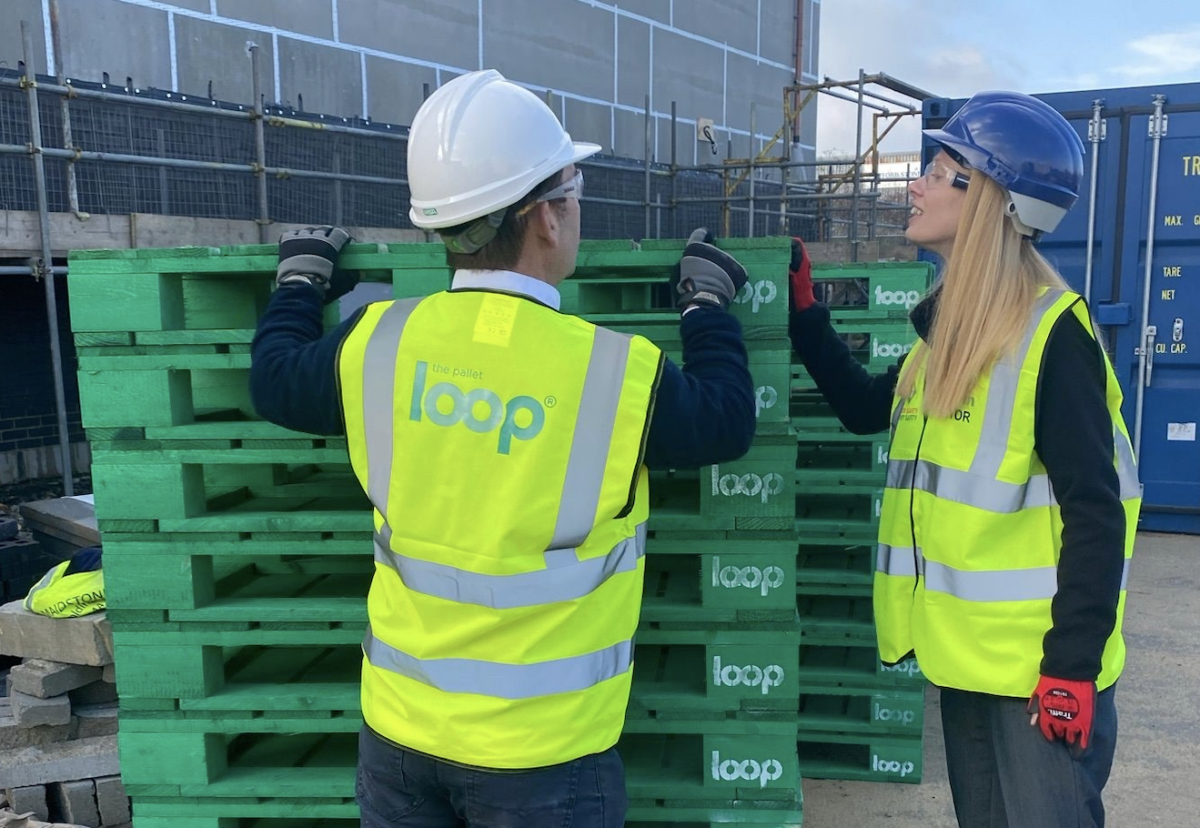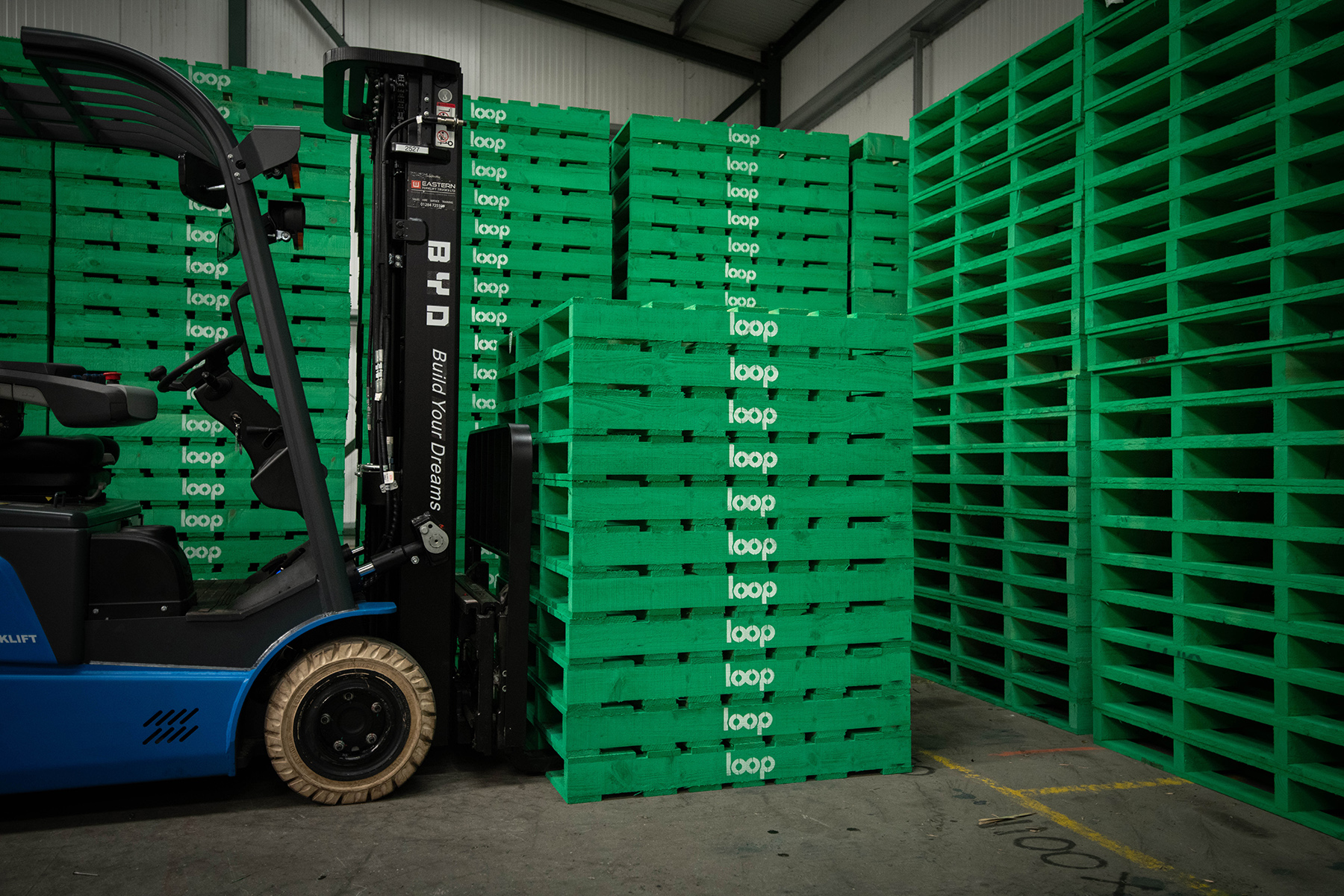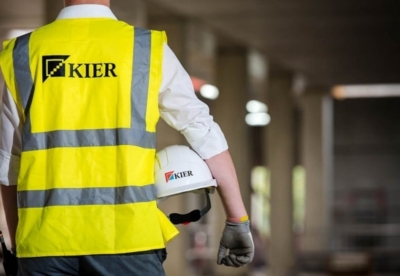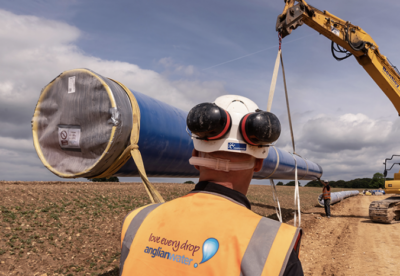The Pallet Loop scheme involves using more robust distinctive green pallets that its operators recover, repair and reuse.
Widespread adoption of The Pallet LOOP across construction could achieve 40% less CO2 emissions and a 75% reduction in timber usage, compared to current pallet use.
Other firms looking at the scheme include Careys, Morgan Sindall and Willmott Dixon.
Founded by some of the biggest names in the pallet industry, The Pallet LOOP could transform the way building materials move throughout the industry supply chain as they are returned to manufacturers and distributors to complete the loop.
BAM’s Head of Procurement, Dan Billinge, said the firm has been trialling the green pallet scheme at some of its sites.
“The critical success factor here is the collaboration of the whole supply chain. Over 95% of the pallets coming onto our sites are for materials purchased by a subcontractor and we need them to be on board as well as the suppliers and manufacturers so it’s ‘call of action’ from us to them.”
How scheme works
The green Loop pallets are stronger than existing designs. They are distributed to manufacturers, who transport products on them to construction sites after paying a deposit per pallet.
As pallets move through the supply chain, the deposit passes from manufacturer to merchant to end-user. After being stacked and stored The Pallet LOOP collects them, reducing site clutter and returns deposits. It then repairs and recirculates them.
Some 18 million pallets are manufactured for the UK construction industry and estimates suggest less than 10% are currently reused; yet pallets form up to 10% of construction waste.
Creating industry pallets requires an estimated 6,000 acres of forestry to be harvested every year, with a further 236,000 acres grown to cater for future demand.
Paul Lewis, Founder of The Pallet LOOP, said: “We aim to sustainably manage and reduce the cost of pallets for our customers – making palletised logistics greener and leaner.
“At present, the vast majority of pallets circulating in the sector are designed for single use.
“The current industry specification for pallets works on the assumption that they will be scrapped or skipped once they reach their final destination.
“We’re turning this outdated, inefficient and linear practice on its head. In a step-change for the sector, we’ve developed a range of standardised pallets, engineered to last and to be used again and again.”



















































.gif)








